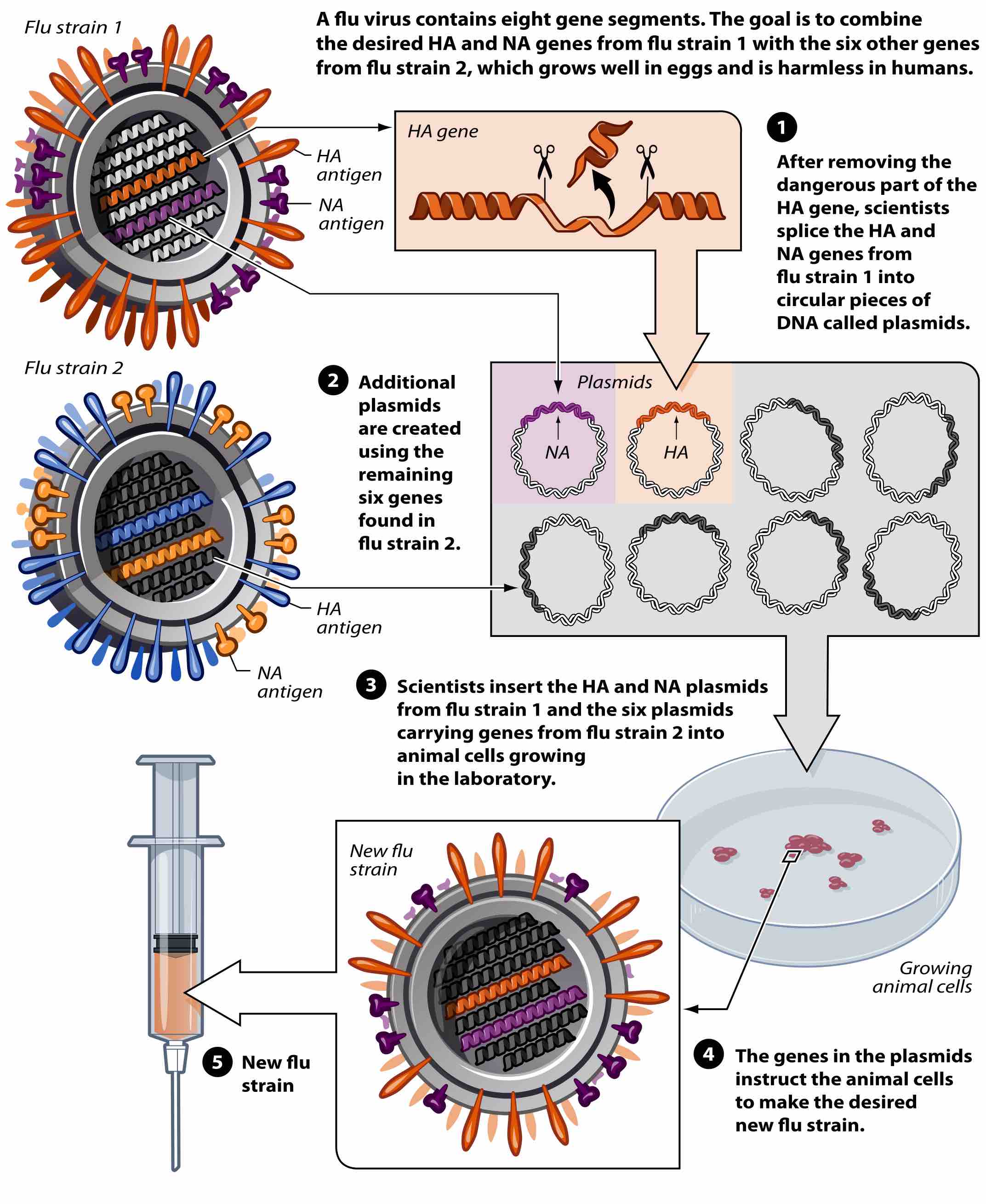Modern nucleic acid-based microbial detection methods make it possible to identify microbes that are associated with a disease. Nucleic acid-based detection methods are very sensitive, and they can often detect the very low levels of viruses that are found in healthy people without disease.
The use of these new methods has led to revised versions of Koch's postulates. Molecular Koch's postulates are a set of experimental criteria that must be satisfied to show that a gene found in a pathogenic microorganism encodes a product that contributes to the disease caused by the pathogen. Genes that satisfy molecular Koch's postulates are often referred to as virulence factors (i.e., what makes the pathogen virulent). The following set of Koch's postulates for the 21st century have been suggested:
- A nucleic acid sequence belonging to a putative pathogen should be present in most cases of an infectious disease. Microbial nucleic acids should be found, preferentially in those organs or gross anatomic sites known to be diseased and not in those organs that lack pathology.
- Fewer, or no, copies of the pathogen-associated nucleic acid sequences should occur in hosts or tissues without disease.
- With resolution of the disease, the copy number of pathogen-associated nucleic acid sequences should decrease or become undetectable. With clinical relapse, the opposite should occur.
- When sequence detection predates disease, or the sequence copy number correlates with severity of disease or pathology, the sequence-disease association is more likely to be a causal relationship.
- The nature of the microorganism inferred from the available sequence should be consistent with the known biological characteristics of that group of organisms.
- Tissue-sequence correlates should be sought at the cellular level. Efforts should be made to demonstrate specific in situ hybridization of microbial sequence to areas of tissue pathology and to visible microorganisms or to areas where microorganisms are presumed to be located.
- These sequence-based forms of evidence for microbial causation should be reproducible.
Once virulent factors have been identified, it is possible to develop a vaccine against the factors. illustrates how the avian flu vaccine was developed using reverse genetic techniques.

Reserve genetics
Avian flu vaccine development by reverse genetics technique.
For many pathogenic microorganisms, it is not currently possible to apply molecular genetic techniques to a gene in question. Testing a candidate virulence gene requires a relevant animal model of the disease being examined and the ability to genetically manipulate the microorganism that causes the disease. Suitable animal models are lacking for many important human diseases. Additionally, many pathogens cannot be manipulated genetically.